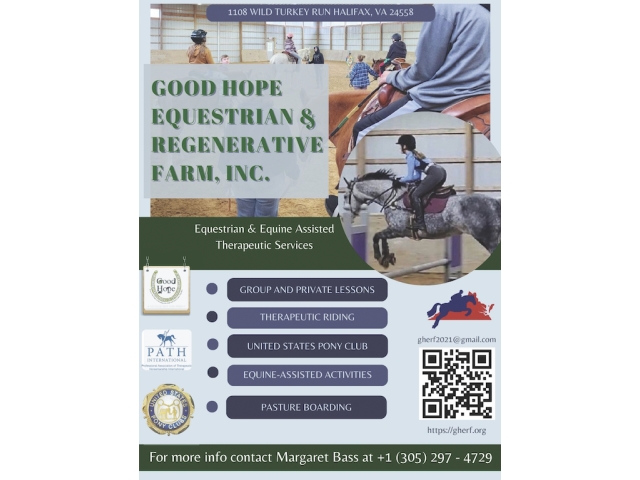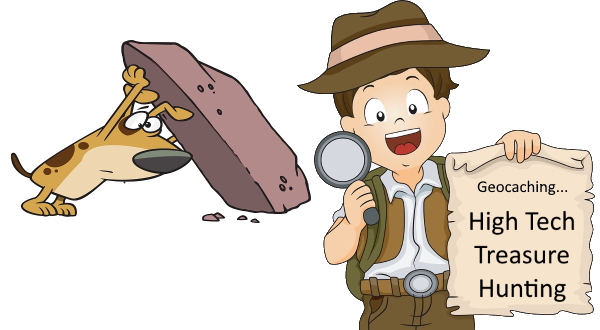
HYCO LAKE- Bet you didn’t know that there are hidden treasures around the Hyco Lake region. Well, there are. Those hidden treasures are called geocaches.
Geocaching is a worldwide game of hiding and seeking treasures. It began back in 2000 when the selective availability of GPS signals was discontinued. Previously, the satellite signals were scrambled, making them less accurate for personal use while the military had access to the unscrambled, accurate signals.
This technology change meant that a treasure could be hidden at a GPS location and later found by treasure hunters tracking the GPS coordinates. Geocaching is high tech treasure hunting with the treasure bringing little value except for the fun of the hunt.
All that is needed to get started is a smart phone, a geocaching app, a fun username and a password.
A History of Geocaches
Geocachers have been hiding caches for the past 20 years. Hide a cache, pinpoint the location with your GPS, then share it online. There are now three million caches hidden in 191 different countries on all seven continents. A cache is a container that can vary in size from an ammo can to a sandwich-sized lock ‘n lock container to a film canister (Can you still find film canisters? Does the younger generation even know what that is?) to a tiny container the size of a pencil eraser.
Small caches are called micros and tiny caches are referred to as nanos. All caches contain a log sheet or log book to be dated and signed. Larger containers can hold trinkets to trade, making this a fun activity with kids. Our grandkids love finding caches and trading trinkets.
Back in 2003, our oldest daughter introduced us to a new outdoor activity called geocaching. As our youngest daughter was heading off to college, we were looking for a new hobby. Geocaching involved some hiking and fresh air so we were all in. As an added bonus, it is an activity that can be done year-round.
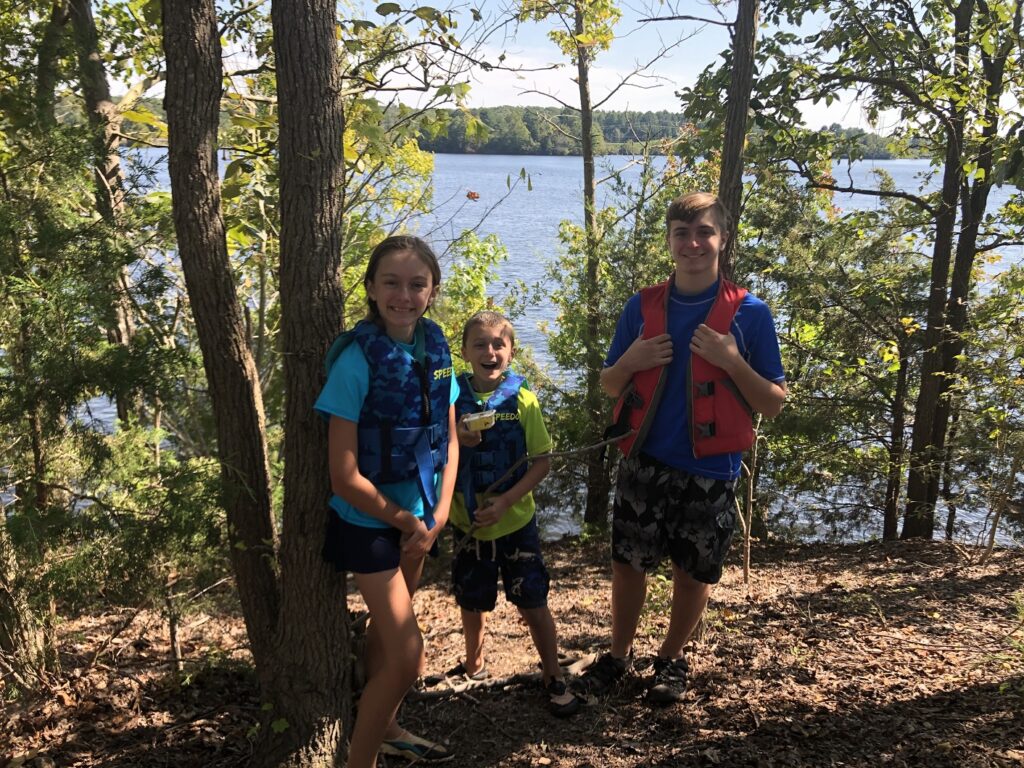
Geocaches Around Hyco Lake
For the last 17 years, we have looked for opportunities to geocache wherever we happen to be. Several times we planned trips with geocaching as our guide. One year we did a six-state geocaching vacation along the Mississippi River. Lots of poison ivy there. Be careful! Geocaching has led us to some cool, off-the-beaten-path places. So far, we have found 643 geocaches in 28 states, including Alaska, plus Canada, Kenya, Honduras and the Czech Republic.
Now that we are retired, we spend our time between Cary and our Hyco Lake property. There are many caches hidden between Cary and Semora. Most recently, we have hidden three caches around Hyco Lake. Two are accessible only by water so that is an interesting challenge for treasure hunters. There are caches hidden by other geocachers on two of Hyco’s islands and along the Hyco Nature Learning Trail.
Whenever we introduce geocaching to friends, they typically ask, “What happens when you find the treasure?” Our answer: “You log in that you found it and put it back where you found it.” Then they say “Oh, is that all?” Perhaps they are expecting flashing lights and sirens. Treasure hunting, in this case, is all about the hunt and the find.
We Don’t Always Find Treasure
And as with most treasure hunts, we don’t always find the treasure and we have to log it as a DNF (did not find). Oh, how we hate that! Sometimes the cache owner will give us a hint or we can ask for verification that the cache is still in place. Generally, when we go geocaching, we target to discover several caches in an area during our outing.
As we began to explore this new hobby, we learned that all caches have an associated degree of difficulty and terrain to keep in mind as you begin to explore. Difficulty relates to the mental challenge, which we fondly refer to as geo-sense. Terrain describes the physical environment. The easiest difficulty and terrain would be rated a one-to-one with fives being the hardest. As an example, a terrain of five could involve access by water, an underwater cave or perhaps repelling. We usually target caches with twos and threes for difficulty and terrain.
In geocaching language, a muggle is a person who does not geocache. When a cache has been muggled it means it has been damaged or removed by a non-player. When searching for a cache, you need to watch out for muggles. Often, one of us will stand watch while the other one searches if we are in a high traffic area like a walking trail. If one of us mutters “muggles” it is a warning to stop searching until the muggles are gone.
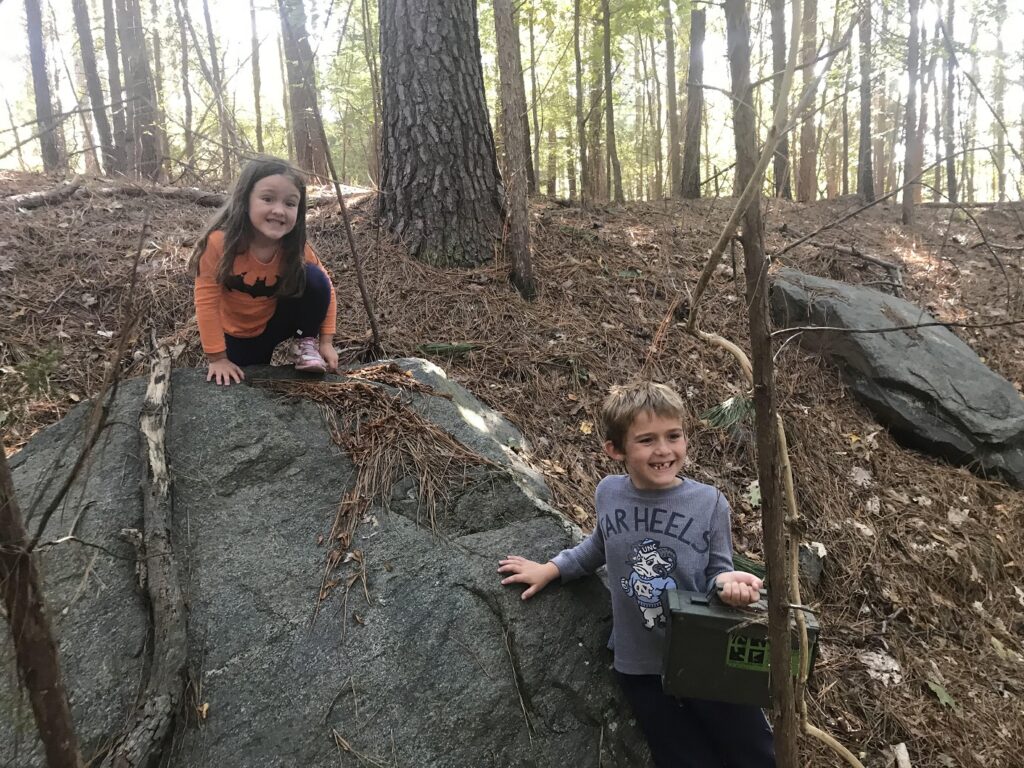
The Rules of Geocaching Around Hyco Lake
While a basic membership is free, you can purchase a premium membership for $30 per year. With that, premium caches and more difficult caches are available to you.
Here are some of the caches in the Hyco Lake Region:
Snakes Alive located along the Nature Learning Trail which is near the Hyco Ranger boat ramp
Hyco Hideaway located on an island near the power plant
Catfish Cove located along the water’s edge in a cove.
Are you ready to download an app and get started treasure hunting? Here are some links to help get you started.
https://www.geocaching.com/play
https://www.geocaching.com/blog/2017/11/15-reasons-to-love-geocaching/
